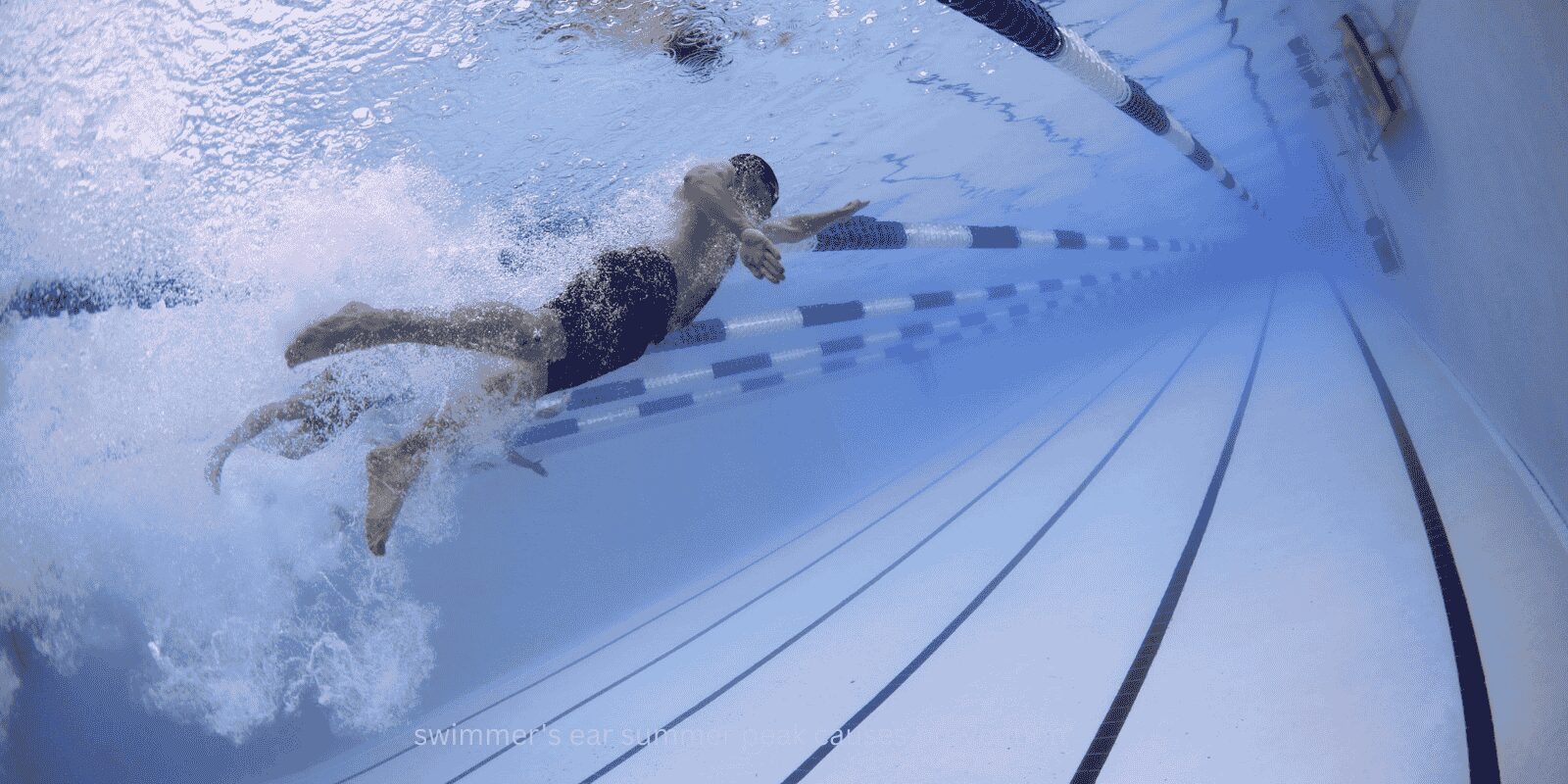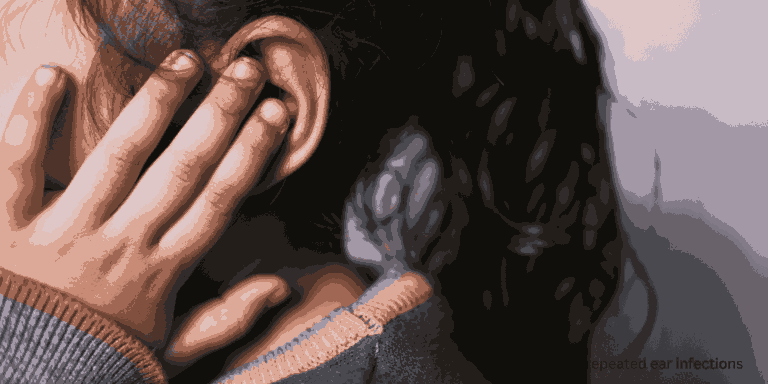“Every August, like clockwork, my daughter gets swimmer’s ear,” a frustrated mother told me during our consultation. “Is there something about summer that makes this worse?”
Absolutely. Summer creates the perfect storm of conditions for swimmer’s ear development, turning a season of fun into recurring ear infections for many families.
The Summer Connection
Increased water exposure during summer months gives the condition its name. Swimming pools, lakes, and ocean water all introduce bacteria into ear canals while providing the moisture that harmful organisms need to multiply.
Hot, humid weather compounds the problem. Even without swimming, summer heat makes people sweat more, creating persistent moisture in and around the ears.
Extended outdoor time means longer exposure to environmental factors that promote ear infections.
Why Water Creates Problems
Your ear canal has natural defense mechanisms that summer activities can overwhelm. The skin produces protective wax and oils that normally repel water and inhibit bacterial growth.
Prolonged water exposure washes away these protective substances, leaving ear canal skin vulnerable to bacterial invasion.
Trapped moisture creates an ideal breeding ground for bacteria and fungi that cause swimmer’s ear. What starts as clean water quickly becomes contaminated with harmful microorganisms.
pH changes occur when water dilutes your ear’s natural acidity, reducing its ability to fight off infections.
Pool Water Complications
Chemical irritation from pool chlorine can damage ear canal skin, creating entry points for bacteria despite the antimicrobial properties of chlorinated water.
Poorly maintained pools with incorrect chemical balance pose higher infection risks than well-maintained facilities.
Crowded pools increase bacterial contamination as more people introduce skin bacteria into the shared water.
Natural Water Risks
Lakes and ponds often contain higher bacteria levels than treated pools, especially in warm weather when bacterial growth accelerates.
Ocean water can introduce different bacterial strains, and salt water may irritate already sensitive ear canal tissue.
Stagnant water poses the highest risk, as bacteria multiply rapidly in warm, still environments.
Individual Risk Factors
Narrow ear canals make some people more prone to water retention and subsequent infection.
Previous ear infections can create scar tissue that interferes with normal drainage patterns.
Aggressive cleaning with cotton swabs damages protective skin and removes beneficial ear wax.
Skin conditions like eczema make ear canal tissue more susceptible to bacterial invasion.
Prevention Strategies
Dry ears thoroughly after swimming using towels or hair dryers on cool settings. Tilt your head to help water drain naturally.
Use earplugs designed for swimming, especially in crowded or questionable water sources.
Avoid cotton swabs which can push water deeper into the canal and damage protective tissues.
Choose swimming locations wisely — well-maintained pools generally pose lower risk than natural water sources.
Early Recognition
Itching often appears first, before pain develops. This is your ear canal’s early warning system.
Pain with ear manipulation — pulling on the outer ear or pressing the tragus (small projection in front of the ear opening) — strongly suggests swimmer’s ear rather than middle ear infection.
Discharge may start clear and progress to yellow or green as bacterial infection establishes.
Why Summer Treatment Differs
Heat and humidity can make topical ear drops less effective as they may not penetrate swollen, moist ear canals properly.
Continued water exposure during treatment can wash away medications before they work effectively.
Vacation timing often delays appropriate treatment when families are away from their regular healthcare providers.
Effective Summer Management
Prescription antibiotic ear drops remain the gold standard treatment, typically clearing infections within 7-10 days.
Pain management is crucial, as swimmer’s ear can be surprisingly uncomfortable, especially in children.
Activity restrictions during treatment mean avoiding swimming until infection clears completely.
When Summer Fun Must Wait
Complete healing takes time. Returning to water activities too quickly often causes reinfection with the same or different bacteria.
Follow-up care ensures infection has truly resolved before resuming normal summer activities.
The good news? Understanding summer’s unique challenges allows for better prevention and faster treatment when infections do occur. With proper precautions, families can enjoy water activities while minimizing swimmer’s ear risk.













